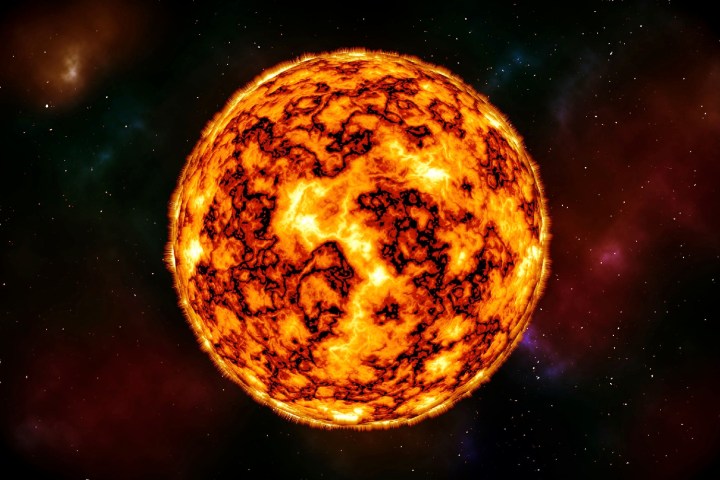
That is what scientists have achieved thanks to an upgrade of the world’s highest-resolution telescope at Big Bear Solar Observatory in California. The pictures they have taken use something called “multi-conjugate adaptive optics” (MCAO), which capture light from different altitudes in Earth’s atmosphere by way of three deformable mirrors, thereby helping correct some of the temperature-related imaging problems that previously got in the way of our attempts to record such images.
To put it simply, consider the hazy image you get when peering through hot exhaust fumes, or the way stars can appear to twinkle in the sky when you look at them. Using multi-conjugate adaptive optics, the new system is able to get around such light distortions and achieve a sharper view of solar activity that’s also three times wider than we had before.
Thanks to the upgraded system — which is guided by cameras recording at an astonishing 2,000 frames every second — it’s possible to scope out sunspots up to 32,000 kilometers in width.
This opens up a slew of new research possibilities.

“In large [solar] flares, the explosive events seem to occur simultaneously in many places in the field of view because with post-facto image reconstruction [note: referring to the practice of combining hundreds of images to get a wider corrected field of view] the time cadence is several seconds,” Philip Goode, a research professor of physics at the New Jersey Institute of Technology, told Digital Trends. “For the first time, we can study such events with corrected images over a wide field with a sub-second time cadence, and finally observe the fundamental processes as they occur.”
At present, the system is still classed as a “demonstrator,” and Goode said the team has many questions to answer about how to optimize the system and bring it into regular operation. This means testing out many permutations in the order of the deformable mirrors and wavefront sensors.
“The next thing in line for us is to build and implement a real-time profilometer to measure the atmospheric turbulence as a function of altitude to help to optimize the conjugation altitudes of the deformable mirrors,” he said.


